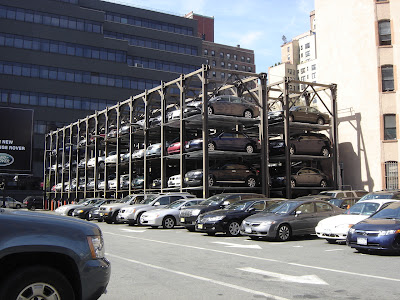Andrew Ward
Freestone in Model Communities The Garden City Movement in Australia provides a useful summary of the origins of the Garden City Movement: The garden city tradition of planning takes its name from the work of Ebenezer Howard, who in Tomorrow: A Peaceful Path to Real Reform (1898) advanced the idea of garden cities as a vehicle towards ‘ a better and brighter civilization’. He called for a ‘social revolution’ but few of his supporters went this far. The political complexion of the garden city movement which developed in Britain in the early twentieth century was far more moderate, its agenda far more eclectic. The central concern was not the decentralised, cooperative society envisaged by Howard, but the improvement of the urban environment. The most remarkable applications of ‘garden city principles’ were two completely new environments – the garden cities of Letchworth (1904) and Welwyn (1920). Industrial housing estates, some like Cadbury Brothers’ Bournville actually predating Howard’s work, embodied the same ideas. The most widespread and enduring expression of garden city design standards was in the suburbs. Whitehand and Carr, however, look further back in their search for the origins of garden city planning in England to the late eighteenth and early nineteenth centuries. They state that the single family house in its private garden as opposed to the Georgian ‘square’ of terrace houses around a communal garden became fashionable for the middle classes rich enough to afford it during this period. They were looking to the country houses of the aristocracy and the gentry for their exemplars and it should be borne in mind that private land in the pedestrian city would have been a scarce commodity. In the absence of mechanized transport, the time was not yet right for the garden city. Nevertheless, the 1810s saw a garden suburb developed by the aristocratic Calthorpe to the south-west of Birmingham. Such low density development, however, would have been an exception to the main stream which was still very logically characterized by terraces and row houses.
It was not until the 1870s that individually designed dwellings arranged as terraces were used at Bedford Park, just beyond the western fringes of London. Soon, detached and semi-detached houses were overwhelmingly predominant. Richard Norman (1831- 1912), the eminent architect and urban designer, best remembered for his adaptation of eighteenth century styles that he called “Queen Anne”, laid out Bedford Park in 1876. His scheme was exceptional as one of the first garden suburbs and unusual also in architectural terms, for Shaw’s work was highly influential, finding its way to Australia by the late 1880s and seen in modified form at Haberfield in Sydney. Bourneville’s importance lay not so much in its early date (c.1879) but in the diffusion of the garden suburb form down the social hierarchy to the working class. The first houses were semidetached in garden surrounds, forming the genesis of a larger garden suburb, the influence of which had become pervasive in Bournville, as it had elsewhere, by the Great War.
Barry Parker (1867-1947) and Raymond Unwin (1863-1940), who practiced jointly as architects and planners and undertook the design of Letchworth, received their first commission in 1901 when the chocolate magnate, Joseph Rowntree, retained them to prepare a scheme for the accommodation of workers at New Earswick, near York, England. They aimed to reduce the amount of expensive roads needed to give access to all houses and to give each house a pleasant garden and view.
It was not until the 1870s that individually designed dwellings arranged as terraces were used at Bedford Park, just beyond the western fringes of London. Soon, detached and semi-detached houses were overwhelmingly predominant. Richard Norman (1831- 1912), the eminent architect and urban designer, best remembered for his adaptation of eighteenth century styles that he called “Queen Anne”, laid out Bedford Park in 1876. His scheme was exceptional as one of the first garden suburbs and unusual also in architectural terms, for Shaw’s work was highly influential, finding its way to Australia by the late 1880s and seen in modified form at Haberfield in Sydney. Bourneville’s importance lay not so much in its early date (c.1879) but in the diffusion of the garden suburb form down the social hierarchy to the working class. The first houses were semidetached in garden surrounds, forming the genesis of a larger garden suburb, the influence of which had become pervasive in Bournville, as it had elsewhere, by the Great War.
Barry Parker (1867-1947) and Raymond Unwin (1863-1940), who practiced jointly as architects and planners and undertook the design of Letchworth, received their first commission in 1901 when the chocolate magnate, Joseph Rowntree, retained them to prepare a scheme for the accommodation of workers at New Earswick, near York, England. They aimed to reduce the amount of expensive roads needed to give access to all houses and to give each house a pleasant garden and view.
 |
| Letchworth Garden City, photo by alex drennan |
 |
| Letchworth Garden City, by Gregory Williams |
 |
| Letchworth Garden City, by G Travels |
more posts about the Garden City Movement:























